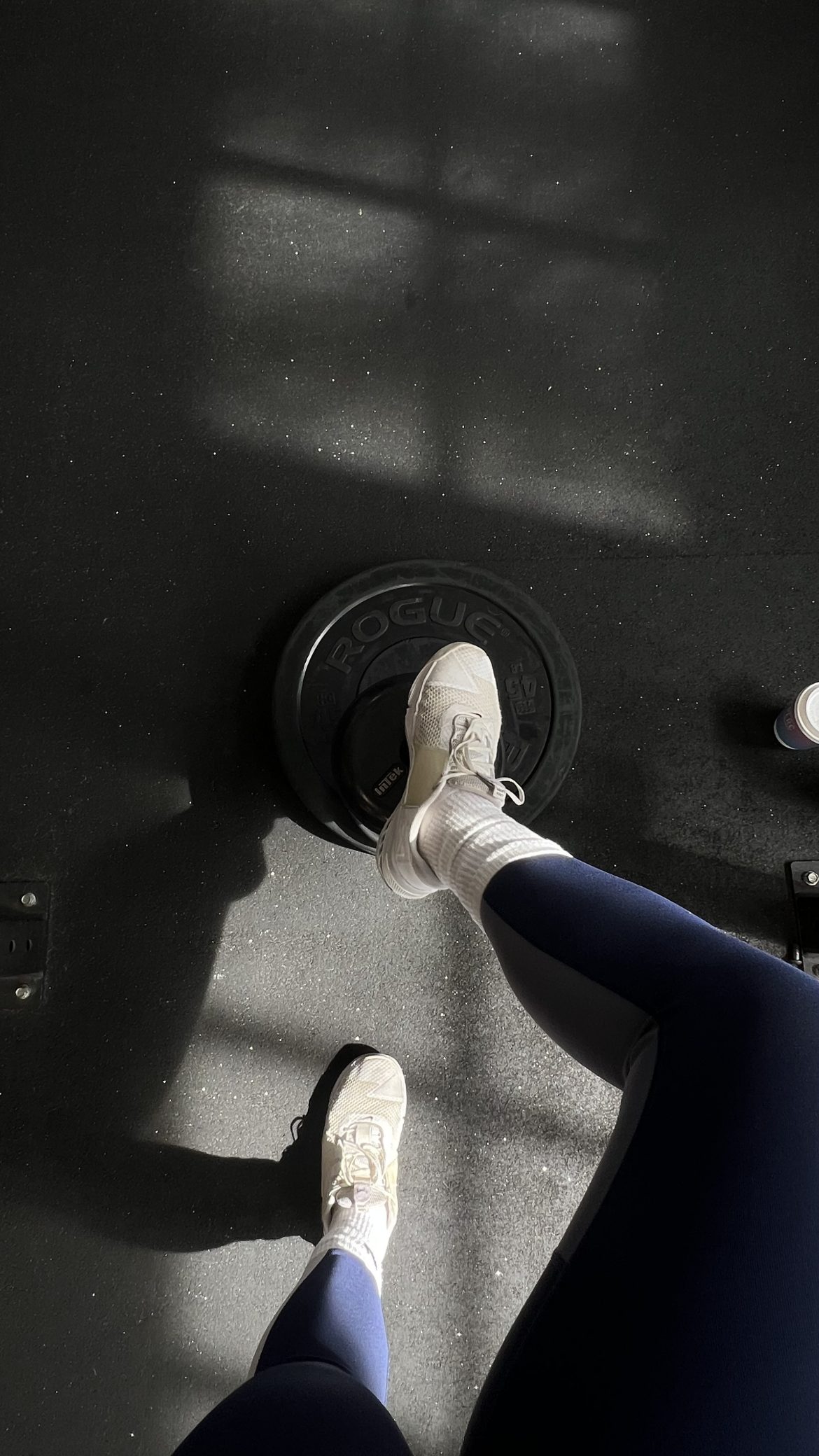Whether you’re new to the gym or a seasoned lifter, pushing your limits, post-workout body pain is a common experience. That sore, stiff, sometimes achy feeling is often a sign that your muscles are repairing and growing stronger — but that doesn’t mean you need to suffer in silence.
Recovery is just as important as the workout itself, and prioritising it can prevent injury, enhance performance, and make training more enjoyable.
Here’s a breakdown of effective recovery methods for gym-induced body pain:
Active recovery
Instead of complete rest, try low-intensity movement on your off days. Activities like walking, yoga, light cycling, or swimming can improve blood circulation, which helps flush out toxins and deliver nutrients to your muscles.
Keeps your body moving without stressing sore muscles and speeds up the healing process.
Stretching and mobility work
After a workout (especially strength training), stretching helps lengthen tight muscles and improve flexibility. Incorporating foam rolling and mobility exercises into your routine can release muscle tension and reduce delayed-onset muscle soreness (DOMS).
Use dynamic stretches before your workout and static stretches afterward. Spend extra time on the areas you’ve trained.
Hot and cold therapy
-
Ice baths or cold showers reduce inflammation and help with swelling.
-
Heat therapy, like a warm bath or heating pad, relaxes tight muscles and promotes blood flow.
Pro tip: Contrast therapy — alternating between hot and cold — can provide the best of both worlds.
Proper hydration
Dehydration can make muscle soreness worse. Water helps flush out lactic acid buildup and supports overall muscle recovery.
Add this: Try an electrolyte drink post-workout, especially if you’ve had an intense sweat session.
Protein and nutrient intake
Muscle repair and growth rely on adequate nutrition. Consuming a mix of protein and carbs within 30–60 minutes post-workout gives your muscles what they need to rebuild.
Examples:
-
Protein shake with a banana
-
Chicken and sweet potato
-
Greek yogurt with berries
Don’t forget anti-inflammatory foods like turmeric, berries, fatty fish, and leafy greens.
Massage and body work
A professional sports massage can target deep muscle knots and improve circulation. Even a DIY massage using a tennis ball or massage gun can be effective if done with care.
It’s also a great way to relax and tune into your body’s needs.
Sleep and rest
This is where the real magic happens. Your muscles recover most efficiently during deep sleep. Aim for 7–9 hours of quality sleep each night and don’t underestimate rest days — they are essential for rebuilding strength.
Supplements for recovery (If Needed)
While food should come first, some gym-goers benefit from supplements like:
-
Magnesium: Helps with muscle relaxation
-
Omega-3s: Reduce inflammation
-
BCAAs: Support muscle repair (especially if training fasted)
Always check with a healthcare professional before starting a new supplement. - L-Glutamine
Soreness is part of the fitness journey, but pain doesn’t have to slow you down. Think of recovery as a form of self-care — the more you nurture your body between workouts, the more you’ll gain from every rep, run, or stretch.
Your muscles work hard for you. Let your recovery routine return the favour.
ALSO SEE:
Why your joints feel stiffer in winter – and how to ease the discomfort
Feature Image: Dupe Photos

